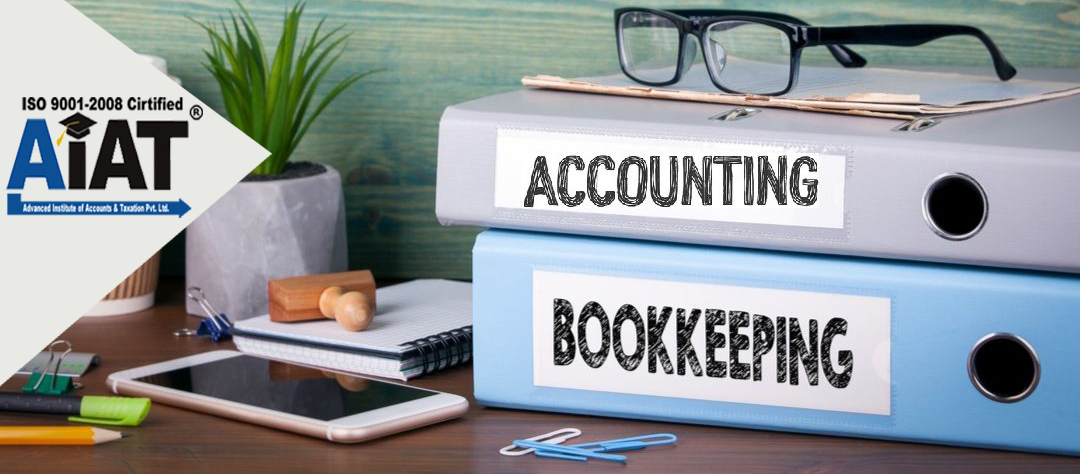Banking utilities in TallyPrimeAs a business owner, if you use a specific bank to manage your transactions write receiving and making payments, TallyPrime offers you a host of utilities including:
- Auto bank reconciliation
- Cheque management
- E-payments
- Deposit Slip
AIAT provide you best tally Prime Training in Nagpur. They provide practical GST with tally Prime Class in Nagpur.
How to create bank ledger in TallyPrime?
Bank ledgers contain crucial information about a bank that you use to make or receive payments. You can provide information such as Bank name, Account no., IFS code, and address while creating bank ledgers.
Simply go to Gateway of Tally > Create > type or select Ledger and press Enter.
OR
Alt+G (Go To) > Create Master > type or select Ledger and press Enter.
Fill in the required details such as;
Name of the bank
Bank Accounts (Saving Account (Bank Account), Over Draft account ( Bank OD), Cash Credit account (Bank OCC))
Account details – Account holder’s name, A/C number, IFSC, Branch, etc.
Auto Bank reconciliation
Reconciling company’s bank books with the banker’s statement is a regular task of accounting. Thus, TallyPrime offers you bank reconciliation capability, which explains the difference between the bank balance shown in an organization’s bank statement, as supplied by the bank, and the corresponding amount shown in the organization’s own [accounting] records at a particular point of time. With TallyPrime, you can:
- Check correctness of reconciliation
- Recover reconciliation of any date
- Auto Bank Reconciliation
- Reconcile manually
TallyPrime’s auto bank reconciliation enables users to reconcile bank statements with a long list of transactions, in the most simplified manner. All you got to do is simply import the bank statements, and the reconciliation will happen, automatically. Yes, it is that simple!
You need to enable the option provided for auto bank reconciliation in the bank ledger to reconcile the transactions made with that bank.
Cheque management
With TallyPrime, you can manage a host of pre-defined cheque formats, multiple cheque books and powerful cheque register, manage your banking needs effortlessly. You can maintain record of all payment made using cheques or if you have received payments through cheques from your parties. In TallyPrime, you can configure the cheques based on the type of cheque book you use in your business. Configure the cheques as your need and get them printed to suit your business needs.
In order to print a self cheque in TallyPrime, cheque printing has to be configured. Then you have to pass a contra entry by entering Self as the Favouring Name in the Bank Allocation screen.
- Gateway of Tally > Vouchers > press F4 (Contra). Credit the bank account
- Enter the amount in the Credit column
- Press Enter to go to the Bank Allocations screen
- Press F12(Configure) > set Show favouring name as Yes, to enter Self as the Favouring name.
Read More....
Read More : Industrial Accounting & Taxation Training
Read More : Advance Tally Prime & GST Training in Nagpur





